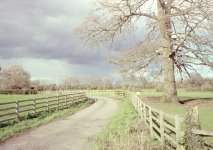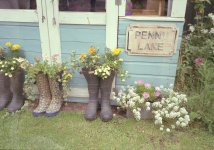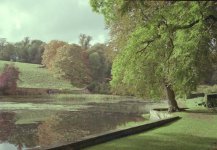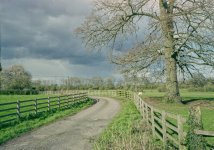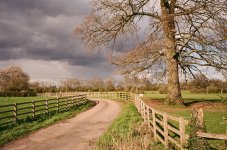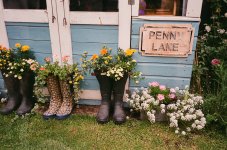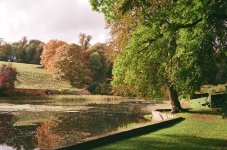- Messages
- 2,162
- Name
- Steve, Coventry, England
- Edit My Images
- Yes
Here's one done very quickly on Affinity Photo 2
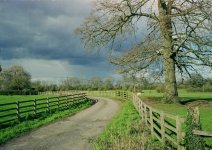
All of the examples are of the same scans processed on various software.
All of them would probably need some adjustment to contrast/brightness/saturation/white balance and maybe for any tint/cast
All of them on all the software could be tweaked to look exactly the same, and for that reason it would seem that the different examples are more of an indication of personal tastes than software capabilities.
I think the advantages of the various programmes would come in when they are being used for the whole process, ie scanning and any correction.
Thinking more of the companies that develop and scan, they would have presets for the different makes and types of film to retain the films characteristics, and to keep a constant result that could then be batch processed for printing or further tweaked.
I agree it is very interesting to see, but to me it hasn't told me anything about the various programmes, as user adjustment has or could of changed the finished look to make it look how any person's preference sees it.

All of the examples are of the same scans processed on various software.
All of them would probably need some adjustment to contrast/brightness/saturation/white balance and maybe for any tint/cast
All of them on all the software could be tweaked to look exactly the same, and for that reason it would seem that the different examples are more of an indication of personal tastes than software capabilities.
I think the advantages of the various programmes would come in when they are being used for the whole process, ie scanning and any correction.
Thinking more of the companies that develop and scan, they would have presets for the different makes and types of film to retain the films characteristics, and to keep a constant result that could then be batch processed for printing or further tweaked.
I agree it is very interesting to see, but to me it hasn't told me anything about the various programmes, as user adjustment has or could of changed the finished look to make it look how any person's preference sees it.


